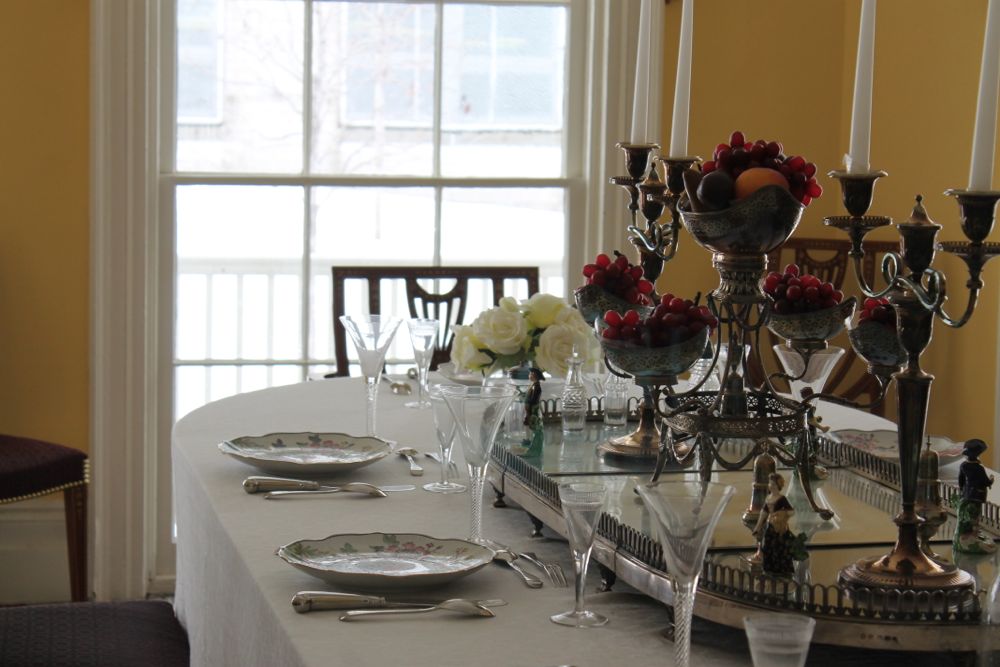Behind Every Great First American President, There is Alexander Hamilton
 |
| Hamilton couldn't stay out of the political fray long, especially when it came to his long-standing feud with Aaron Burr. The end came on July 11, 1804 in Weehawken, NJ, on the very same field where Hamilton's son was killed, when Burr shot and mortally wounded Hamilton in a duel. Hamilton died the next day. In addition to restoring the house, the park service successfully rehabilitates Hamilton as an important figure in American history. While the narrative told at Hamilton Grange concedes that he remains controversial, the house and the story's tragic nuances humanize our nation's number one Federalist. By the way, if you find yourself appalled over the arguments of states rights advocates, you may find yourself cheering here. For a full Hamilton tour of New York City, take the train downtown to Trinity Wall Street and visit his grave in the churchyard. It's a most fitting resting place for Hamilton, just blocks away from the nation's financial center and the steps where George Washington was inaugurated as the first president of the United States. Before the trip downtown, enjoy a walk around this area. The streets are lined with beautiful brownstones. This neighborhood is called Hamilton Heights. See National Park Park Service page on the Hamilton Grange National Memorial. |







Comments